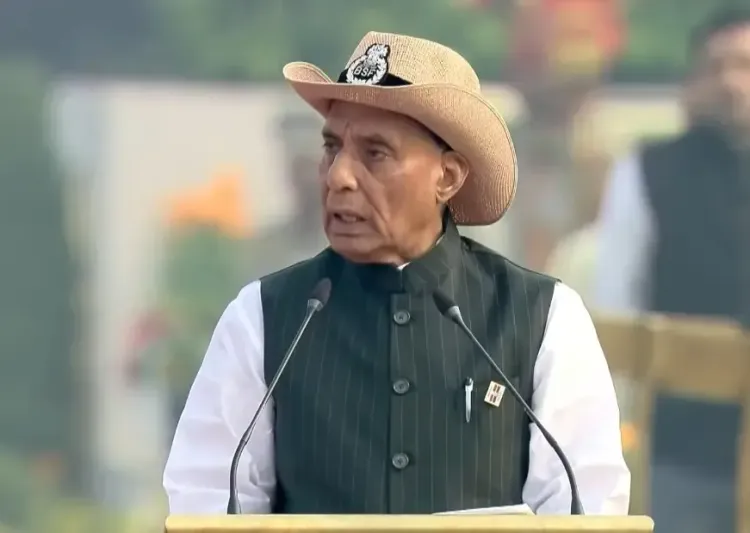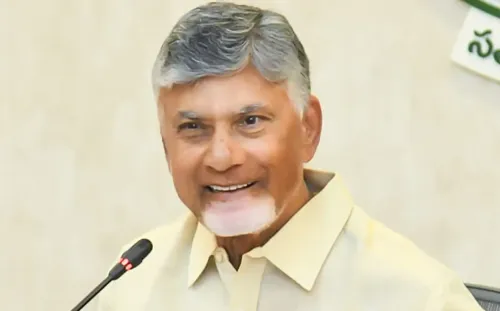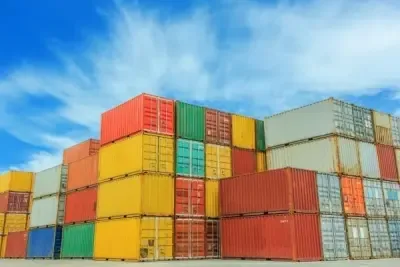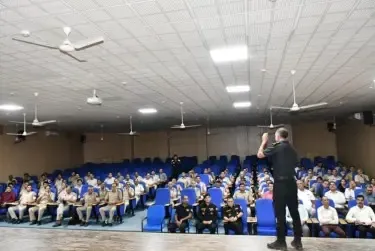How Are Red Corridors Transforming into Growth Corridors? Rajnath Singh Discusses the Elimination of Maoism

Synopsis
Key Takeaways
- Maoism is targeted for elimination by March 2026.
- Security forces have made significant progress in combating Naxalism.
- Formerly affected areas are now becoming growth hubs.
- Police personnel contributions are being recognized and honored.
- Modern technology is being integrated into police operations.
New Delhi, Oct 21 (NationPress) Defence Minister Rajnath Singh commended the police, CRPF, BSF, and local administration on their remarkable and dedicated efforts aimed at eliminating Maoism in India.
He expressed confidence that Maoism will be eradicated by March 2026 and highlighted how regions previously affected by Maoism are now experiencing a surge in development.
During the observance of Police Commemoration Day at the National Police Memorial, Singh paid tribute to the martyrs who sacrificed their lives during an ambush by heavily armed Chinese troops at Hot Springs, Ladakh, in 1959. This day is commemorated annually to honor their bravery.
In his address to police personnel, Singh remarked, 'Naxalism has long posed a challenge to our internal security. There was a time when numerous districts in Chhattisgarh, Jharkhand, Odisha, Andhra Pradesh, Telangana, and Maharashtra suffered from Naxalism. Schools were shuttered, roads were non-existent, and fear gripped the populace. However, we resolved to end this crisis.'
'The coordinated efforts of our police, CRPF, BSF, and local administration deserve commendation,' he added.
Singh reiterated his optimism that Maoism will be completely eradicated by March 2026.
'Our collective endeavors over the years are yielding positive outcomes. The nation now holds the belief that by next year, there will be no remnants of this issue. This year alone, several prominent Naxals have been eliminated, and the number of districts impacted by Left-Wing Extremism has dramatically decreased, with the remaining areas expected to be cleared by March next year,' he noted.
He pointed out that regions that once quaked under the fear of Naxalites now feature roads, hospitals, schools, and colleges. 'The former Naxalite strongholds have now evolved into education hubs. Areas previously labeled as Red Corridors are transforming into growth corridors,' he stated.
Singh emphasized that the success of the campaign against Maoists is evident as 'those who once rose against the state are now surrendering and reintegrating into the fabric of development.'
Praising security personnel, he remarked, 'Due to the relentless efforts of our forces, this issue is gradually becoming a part of history. All our security personnel deserve accolades for their contributions.'
The Defence Minister noted that the significant contributions of police personnel often went unrecognized, but the current government has made changes in that regard.
'Our administration has prioritized not just national security but also the welfare of our police forces. Under the Prime Minister's leadership, we established the National Police Memorial in 2018 to honor our fallen police colleagues,' he explained.
'Moreover, we have equipped the police with advanced weaponry and improved facilities. States are also receiving adequate resources for police modernization. Today, our police forces utilize modern technology such as surveillance systems, drones, forensic labs, and digital policing,' Singh added.
He acknowledged that India faces numerous challenges, yet the country has limited resources to tackle them.
'Thus, it is essential to focus on the optimal use of these resources, which can only be achieved through cooperation and integration with security agencies. A robust police force is vital for a strong nation, and that should be our objective,' he concluded.









